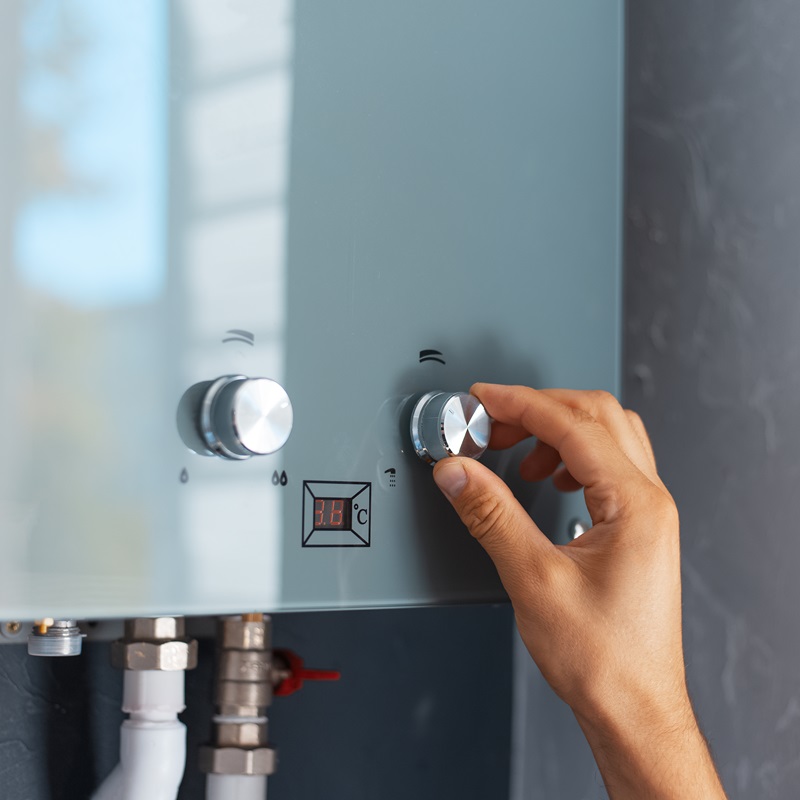How to Pick the Right Geyser to Take Full Advantage Of Energy Performance in your house
Selecting an energy-efficient geyser is not as uncomplicated as it seems, requiring mindful evaluation of numerous elements. From recognizing the various sorts of hot springs, to assessing their power effectiveness rankings and thinking about placement method, each decision plays a crucial role in maximizing performance. Balancing the preliminary investment with long-lasting financial savings is likewise crucial. Let's start this journey to uncover how to make the most enlightened choice for a hot spring that will certainly decrease your power costs while guaranteeing optimum performance.

Understanding the Various Sorts Of Geyser
While there are different sorts of geysers readily available on the market, comprehending the differences between them is critical for energy performance (geyser sizes). The first type, storage space geysers, are the most usual and store warm water in a container for use when needed. They are offered in various capacities and are normally energy-efficient, yet they can lose warm when not being used
The 2nd kind is the tankless geyser, which heats up water on need, leading to less energy waste but requiring a higher initial power draw. Solar hot springs make use of solar power to heat up the water, making them the most energy-efficient however likewise the most expensive.
Evaluating Your Home's Hot Water Demands
Prior to diving right into the purchase of a geyser, it is crucial to examine the hot water needs of your house. This evaluation should consider countless aspects including the variety of family members, regularity of warm water use, and the number of warm water electrical outlets in the home (geyser sizes). A small family members with occasional hot water use might call for a smaller, much less powerful geyser contrasted to a larger family members with several daily warm water needs
The kind of appliances that call for hot water likewise play a significant duty. Dishwashing machines and cleaning devices, as an example, may call for more warm water than a simple shower or kitchen area sink. Details activities such as bathing or cleaning additionally affect the regularity and quantity of warm water required.
Reviewing Energy Efficiency Rankings of Geyser
Having actually examined the warm water needs of your home, it's vital to transform your attention to the power effectiveness rankings of geysers. These ratings, normally offered as Energy Element (EF), suggest a hot spring's total energy redirected here performance based on the quantity of warm water created per unit of gas taken in over basics a normal day. The greater the EF, the much more reliable the hot water heater.

Factors To Consider in Geyser Dimension and Placement
Beyond energy efficiency ratings, the size and positioning of your geyser are essential elements to consider. The size of the geyser should straighten with your house's warm water requirements. A little geyser may use less power however may not offer enough warm water for numerous usages at the exact same time, whereas a larger unit can fulfill higher demand but might eat more power.
Placement additionally influences energy efficiency. Hot springs need to be set up close to factors of usage to reduce heat loss throughout water transport. A centrally located geyser can service numerous locations efficiently. Additionally, taking into consideration thermal insulation, a hot spring located in a warmer location loses less heat and consequently utilizes less power to maintain the water temperature level.
Cost Evaluation: Balancing Preliminary Investment and Long-Term Cost Savings
While size and placement unquestionably play significant functions in a hot spring's energy effectiveness, one must important link not ignore the economic element. When taking into consideration the initial financial investment, the rate of energy-efficient geysers can be greater than common designs. The boosted ahead of time cost can be offset by long-lasting power financial savings, making it a worthwhile investment in the long run (geyser sizes).
Assessing lasting savings needs an understanding of the geyser's energy score. A device with a greater ranking will consume less energy, equating to lower utility expenses gradually. In addition, government incentives and rebates for energy-efficient appliances can likewise assist recover preliminary costs.
Lastly, maintenance and life-span ought to be factored in. Energy-efficient hot springs commonly have much longer life-spans and reduced upkeep expenses, adding to general savings. For that reason, when balancing initial investment and long-term financial savings, one need to take into consideration not just the purchase price but additionally power usage, government incentives, and upkeep prices.

Conclusion
These consist of comprehending the types of hot springs, analyzing your family's hot water demands, examining energy performance scores, and calculating price benefits. The appropriate geyser dimension, placement, and insulation can dramatically decrease power expenses and ecological effect.